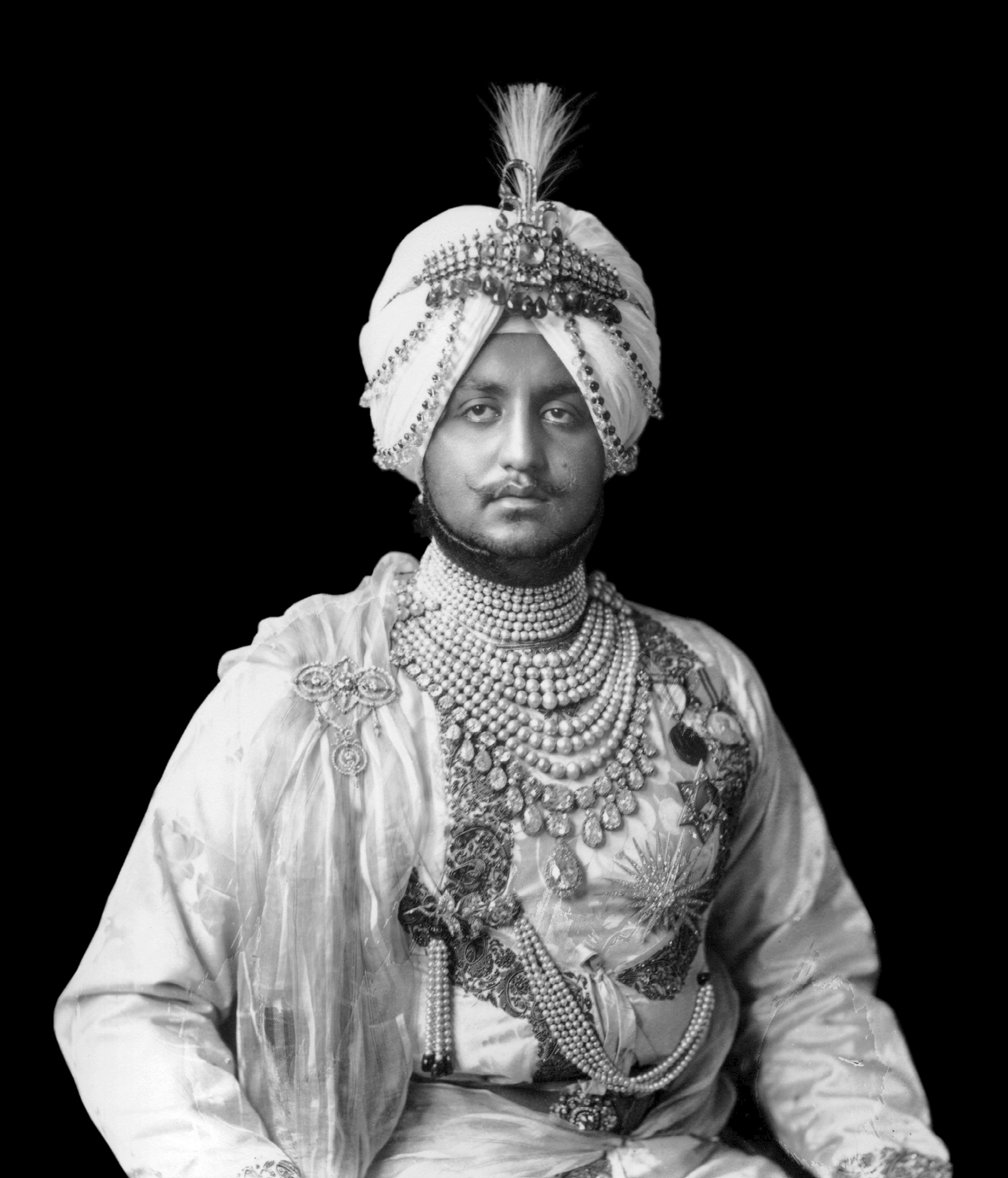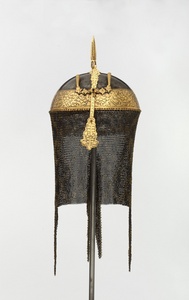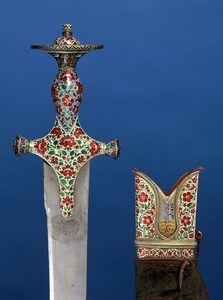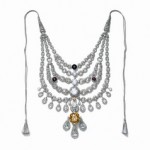
EYE WEEKLY - 12 / 15 / 2010
Diamonds: A King’s Best Friend
The AGO’s new Maharaja exhibit brings more than 200 years of history to life with artifacts that once belonged to India’s great kings. But really, it’s the famous bling that dazzles the crowds.
—
There is no brighter light this holiday season than the almost-235-carat pale yellow De Beers diamond, one of the largest stones of its kind in the world, now on display in “Maharaja: The Splendour of India’s Royal Courts,” the newly opened exhibition at the Art Gallery of Ontario.
The gem was once the prized possession of Maharaja Bhupinder Singh of Patiala (1891-1938), a ruler as notorious for his diplomatic skills as his incomparable excess. Singh not only represented India at the League of Nations in 1925 and served as chancellor of the Indian Chamber of Princes, he had a personal motorcade of 20 Rolls Royces, sport aircraft, 88 children by 10 wives and various concubines, and—perhaps most famously—a passion for Western luxury houses.

Helmet, 1780-1799
HELMET, 1780-1799
Throughout the 1920s, Singh brought diamonds, sapphires, emeralds, rubies and pearls to the French jewellers Boucheron and Cartier, and had them designed into hundreds of armbands, necklaces and earrings in unprecedented forms that combined Indian and art deco styles. To this day, Singh’s 1925 request that Cartier reset an iron trunk-load of gems is still the largest and most time-consuming commission ever executed by the famed jeweller, and resulted in history’s most expensive, show-stopping, multi-strand, diamond necklace, with the world-famous De Beers diamond as its central pendant.

Sword, 1850
SWORD, 1850
When the “Maharaja” exhibition opened several months ago at London’s Victoria & Albert Museum (where it originated) over 10,000 visitors a day came to marvel at Singh’s bling. Failing to capitalize on the excitement of Singh’s jewels, the AGO has instead focused its “Maharaja” marketing on how the exhibition represents the diversity of Toronto. (Said AGO director Matthew Teitelbaum at the show’s opening, “We’ve created something here where new communities, young and old, can come together.”) While great rocks are far from the only reason to see the exhibition, where countless other mesmerizing works collectively chart the rise and fall of one of history’s most singular group of rulers, they are emblematic of an even more powerful narrative.

The spectacular Patiala necklace, 1928
THE SPECTACULAR PATIALA NECKLACE, 1928
Sanskrit for “great kings,” “Maharaja” describes Singh and approximately 600 other royals who presided over hundreds of small Indian states once political power in the country decentralized at the start of the 18th century. With the commencement of maharajas rule came a renaissance of indigenous Indian culture, as every decorative art paid homage to the royals. Things changed in 1857, with the establishment of the Raj, when India came under British rule. To articulate their modernity and success in the imperial system, maharajas like Bhupinder Singh were encouraged to tour Europe, learn its standards of decorum and governance and adopt its artistic style. Before long, the Indian princes were mixing with Western aristocracy, their exotic personae earning them a Hollywood-like celebrity status, as they became subjects of social columns, magazine covers, and photographers including Man Ray and Cecil Beaton.
The sad cost of the maharajas’ fame, colonization and European assimilation was a slow erosion of Indian courtly art and tradition. “Maharaja” tells the story through its savvy display of over 200 years’ worth of artifacts, set in a smartly designed exhibition space that features reconstructed palace corridors, archival film footage and the sounds of fountains and melodious Hindu music. There, the furniture, clothing, vehicles, textiles, paintings and jewellery of the regal maharajas reveal not only the impact of turn-of-the-century globalization but also a splendid tale of political dominance through material goods.